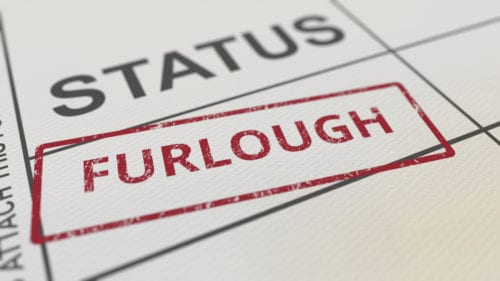Following the global COVID-19 pandemic, the UK Government launched its furlough scheme, a job retention tactic designed to help businesses keep team members employed while they were closed or had a reduced workload.
The 30th of September marked the end of the funding, which was extended twice to allow more employees and businesses to benefit.
Our employment team explores what the end of the furlough scheme means for UK workers and what they can do to overcome the challenges they now face.
The Furlough Scheme: A Summary
Originally announced in the Chancellor of The Exchequer Rishi Sunak’s speech on the 20th of May 2020, the furlough scheme was designed to benefit businesses and employees with the government paying 80% of an employees wages, up to a monthly limit of £2,500. This government support contribution has reduced over time, with August and September seeing 60% from the government and 20% from employers.
When the scheme was extended in May 2020, new flexibility was added to allow furloughed staff to return to work part-time.
Recent figures show that 11.6 million jobs were supported throughout the lifetime of the furlough scheme, which means that many UK individuals and families could be affected now that the scheme is officially finished.
What Does The End Of The Scheme Mean For Workers?
For many UK workers, the end of the furlough scheme could mean redundancy, as companies might still not be up to full capacity.
Employers who are making workers redundant must prove that their role is no longer required and that they have no ulterior motive behind the redundancy.
Some bosses might offer workers the option to return to work on a part-time basis or to change their role to better suit the business’s changing needs.
While this can be a useful tactic for many businesses, it is important that they do it right. Some employers might use the fire and rehire tactic, where they get rid of an employee and then try to rehire them on terms that better suit the organisation.
However, if this occurs, there must be a legitimate reason for terminating the original job contract. For example, if the business pivoted during the pandemic, and an employee’s role is no longer required, but a similar one is in a new department.
Yunus Lunat, Head of Employment Law at Ison Harrison Solicitors comments:
“What we can be certain of with the furlough scheme ending is a rise in under-employment, where workers return to work but possibly not on a full time basis, and possibly a slight rise in unemployment.
The reason as to the uncertainty of the unemployment rates, following the end of what was officially known as the Coronavirus Job Retention Scheme, is down to a number of factors, including the bounce back of the economy, which grew 5.5% between April and June and the sharp increase in job vacancies being advertised, notably in the hospitality sector, HGV drivers and warehouse workers.
However, for those returning to work after being on furlough, conditions will not be the same as pre-pandemic. Many companies have had to adjust, cutting staffing levels, with many remaining workers now expected to work from home in some capacity.”
What Workers Can Do Now The Scheme Is Ending
As the furlough scheme comes to an end, workers might find they don’t know what to do next.
Thankfully, the team at Ison Harrison is here to help. We have expert knowledge on employee rights and can help team members to deal with any issues that may arise.
So, whether you’re unsure about communication from your employer or want to know what your rights are if you’re made redundant, we can help.
Our team of lawyers have supported hundreds of clients in Leeds and Yorkshire, helping them to negotiate termination packages, fight against discrimination and more.
So, if you’ve been on furlough and are now facing an uncertain future, we can help guide you through the process of being made redundant or moving to a new role in your organisation.
Contact us online, email us at employment@isonharrison.co.uk or call 0113 284 5000 to find out more about our services and how we can guide you through the end of the furlough scheme.

















